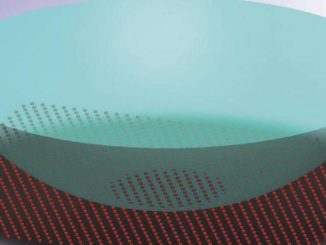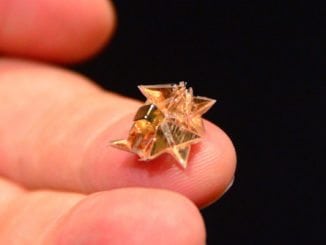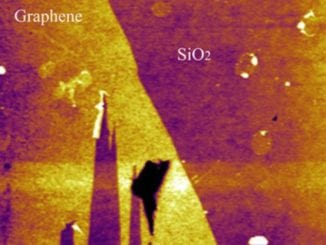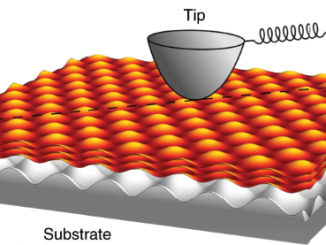Administration of the project
Superhard carbon forms predicted – harder than diamond
Superhard materials can cut, drill and clean other bodies. Besides, they hold potential for making scratch-safe coatings that could help guard costly equipment from damage. Science is finding a way to the development of new materials with all these characteristics.
A team of researchers from US, Europe and Russia have used computational methods to predict 43 previously unknown forms of carbon that are believed to be stable and superhard—even slightly harder than diamond. Each new form has a distinct pattern in its crystal lattice.
The investigation combines computational models of carbon lattices with Artificial Intelligence to look for novel materials. The work is the initial phase, thus no actual materials prepared yet.
Diamond is the hardest commercially available material, but clearly it is rather expensive. The researchers are looking for other materials, that are harder, and potentially also cheaper. On top, these new materials may have other useful properties.
But what does it mean, harder?
Hardness is a measure of a capability of a material to resist plastic deformation. When the hard materials are scratched or indented with sharp objects, their surface only have small scratches or dents. Hardness is measured in specially designed tests, such as Vickers Hardness Test. The material is considered to be superhard, if its Vickers hardness exceeds 40 Gigapascals (for a reference, the hardness of a hardened steel used in high end bearings is not more than 9 Gigapascals). The materials studied in this research are all superhard, while some are a bit harder than diamond.
Hard materials also typically exhibit better wear resistance properties and therefore are of interest in tribology field. The techniques used to find superhard diamonds, can also be used to identify other superhard materials, not necessarily containing carbon. It appears that there are not many superhard materials known, and therefore it is important to discover new ones.
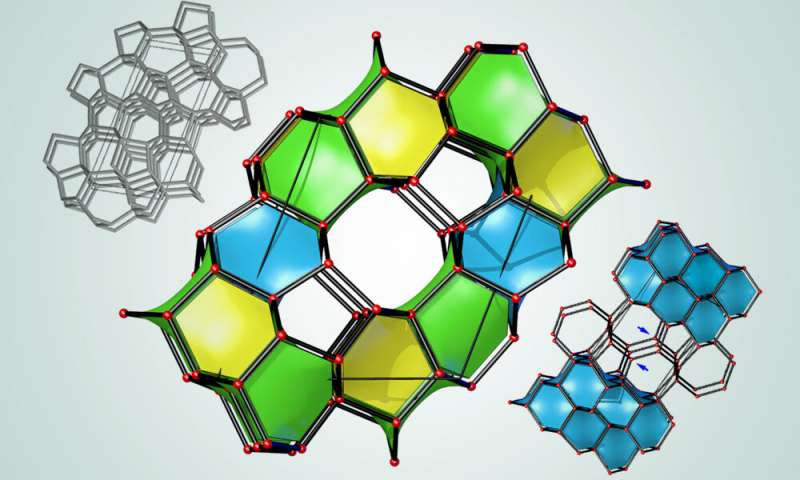
The AI model was utilized to calculate the hardness of the carbon species generated using XtalOpt – an open -source algorithm for crystal structure prediction developed in one of the participating research labs. The AI model for assessing hardness was trained utilizing the Automatic FLOW (AFLOW) database, a library of materials with properties that have been determined.
This procedure accelerates the material development significantly. The calculations still take significant amount of time, however, once the AI model is trained, the hardness will be predicted very fast and with reasonable accuracy.

























